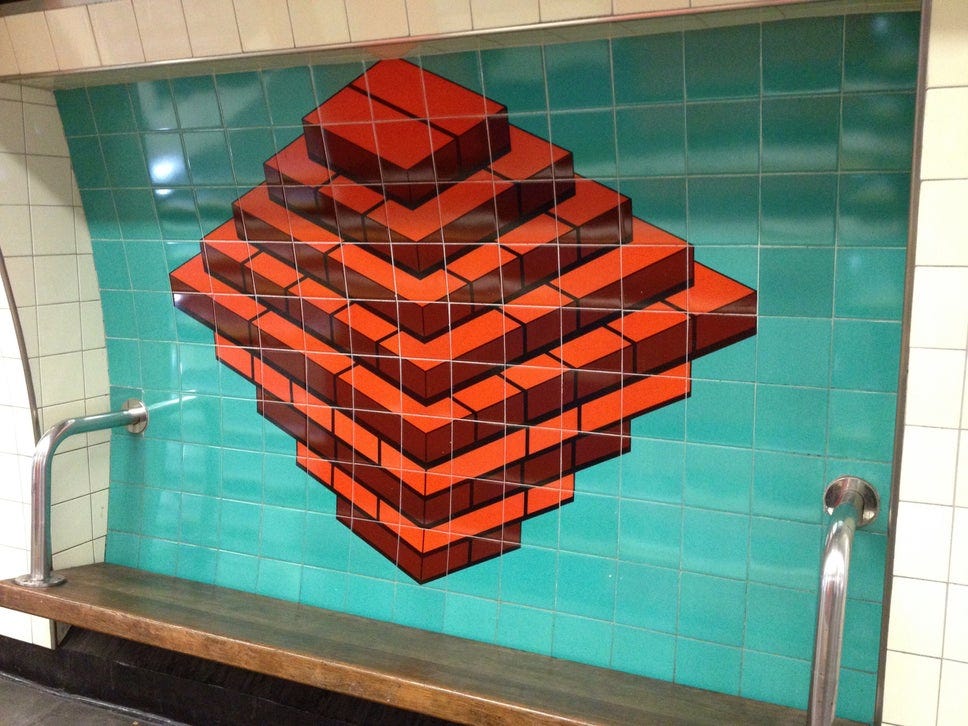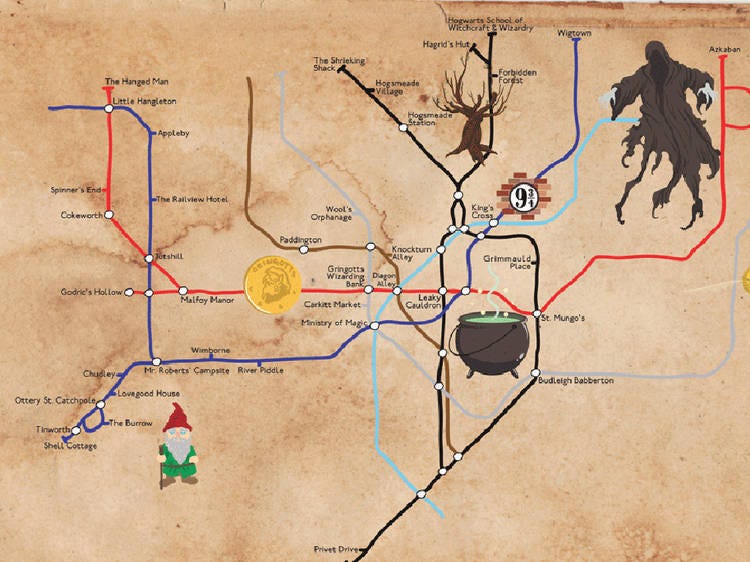If you haven’t subscribed to Monday BS newsletters and A Load of BS podcasts, you can do that here in one fell swoop!
And let me know what you think of it all on Twitter @danielsjross. These publications are my greatest project and they are only worthwhile with your support!
Now, let’s get moving. In a preview of my upcoming interview with Rory Sutherland and Pete Dyson about their new book ‘Transport for Humans: Are We Nearly There Yet?’, I thought I’d share a few thoughts on one network I’m rather familiar with.
Transport for Humans
Much of our transport network is shaped to cart cargo rather than humans. It's riddled with poor design, disregarding our mental and physical wellbeing with minimal concern for journey choice architecture defined beyond the holy transport trinity - speed, time and efficiency.
Please now meet our new imaginary friend around whom our transport systems are modelled, Homo Transporticus, bestie sibling of Homo Economicus. Economicus is characterised by his/her infinite ability to make rational decisions that allow them to pursue their goals in the most efficient way. Similarly, Transporticus is driven purely by A to B efficiency. For any casual devotee of BS, you know that Homo Sapiens are wired differently; we don't make decisions for optimisation but often with instinct, emotion and irrational preference. And sometimes the better for that.
Illustratively, Google Maps is a Transporticus thoroughbred of our time, programmed for fastest route only, unable to account for multimodality (mixing transport modes for a single journey), or perhaps for a desire to take the slower, more scenic route which keeps you moving away from the traffic.
'Transport for Humans' by Rory Sutherland and Pete Dyson is the story of the immense potential of behavioural science to design our transport systems for human, rather than engineers', consumption.
While current design mainly focuses on optimising speed, time and efficiency (think HS2), passengers often have alternative considerations - comfort, productivity, accessibility, multimodality. Banal as it may be to remind planners that we are not cargo, the message could do with a lift. As Rory and Pete say: 'A chair does not experience a fit of pique if it is sent by DPD rather than UPS.'
I hope you're excited to know that I'll be interviewing Rory and Pete this week for A Load of BS, so be on the lookout for that. It's sure to be entertaining, and unlikely to stick to transport only!
Hidden gems
Inter alia, the book touches on numerous systems, but I was intrigued by the design richness of London Underground stations, pieced together as they are with glimpses of great humanity. Of particular delight to me is the remaining tile work which gives stops unique colour and meaning. How often do you stop to look at the platform walls that you stand on? There are pleasing designs to divert you, from the Warren Street mazes to the Sherlock Holmes silhouettes at Baker Street.
Some of the oldest and most popular stations have their own subtle and abstract patterns found nowhere else on the network.
Designs were originally created to help commuters recognise the station they had arrived at without the benefit of the blue, red and white signs commuters are used to seeing on a daily basis. According to Mental Floss, the need for contrasting tiles was not because the signs weren't available, but because, "when the stations were first tiled, many of the passengers would have been illiterate.” This is human centred design at its best.

The Moscow metro is also known for its artwork; its extravagant interior design is the true 'Palace of the People' but it also has another neat trick to make passengers' lives easier. Male voices announce information on inbound trains to the city centre, and a female voice on outbound ones. Japan personalises the station experience further - each station has its own distinctive arrival jingle which reflects the character and heritage of the associated neighbourhood.
Routing around
Besides artwork, maps are a vital navigation feature. In London, the Underground map is one of its most foremost features. Henry Beck's 1932 design was user-friendly innovation of its day but it has imperfections. The design often misrepresents the distances between stations, making it hard to know which of your route options is quickest. Look at the Victoria Line map between Euston and Victoria below and note my elegant penmanship highlighting it.
This journey takes 8 minutes on the tube, but it looks far longer.
Lines are also disproportionately overloaded. The Northern and Central are the busiest, and that's no surprise since they bisect the capital North to South, East to West. Perhaps TfL might get creative in dispersing the crowds to other lines by, for example, introducing stronger Wi-Fi signal on the slower, less popular Circle Line.
Getting personal
If we want to personalise this transport experience more, to fit it to specific need states, then the old trusty map is a proper and fun place to start. There is a subculture of alternative maps, some which have good behavioural science at their heart like the cycle route tube map, the taxi rank tube map, the accessibility map and the walking tube map. Where does TfL hide these ones?
The maps remind me of my friend Paul Craven's BS definition - how real people make real decisions in the real world; or at least how they might want to. There are of course some frivolous and charming interpretations like the Harry Potter map, the Super Mario map and the Halloween tube map.
And those which give a nod and a wink to some of the less savoury features of subterranean travel like the TfL Temperature Map and the Honest Tube Map which shows which stations equal tourist hell and where to avoid briefcase wankers.
Extra oyster sauce
Beyond mapping, there are also some close to cost free improvements TfL could make to passenger experience. It might be a relief to know that there's no need to career three steps at a time down the escalator, about to break your neck, to make the 11.59pm. With the very important caveat that you must already be through the barriers before the scheduled departure time, your underground journey home is a sealed deal. Once you've tapped in with your Oyster, station staff will be radioing down to the Tube driver telling them to wait. It would be rather comforting to know that.
Tune in to the podcast for more transporting stories. Safe travels till then!
Please share this on Twitter and encourage others to join the BS community. For the hell of quoting someone who rarely seems to get a look in the BS literature these days: 'Everything I do, I do it for you’.
Have a great week! 😃
Daniel









